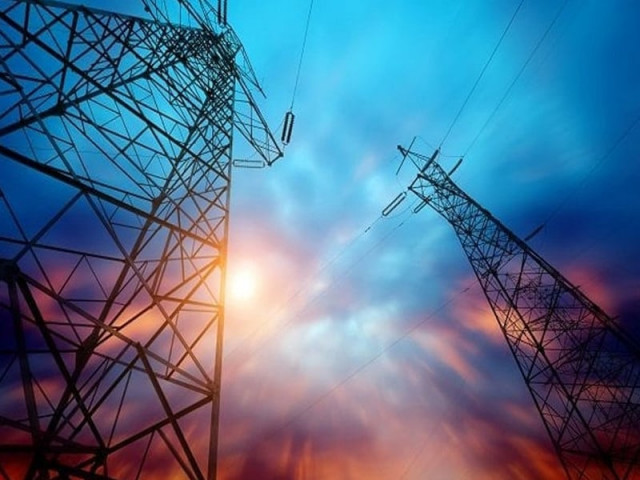Bleeding power sector
Lower costs and somehow reduce the mammoth circular debt

The power sector is a mess, dragging the country's economy down and overburdening the working class. The Auditor General of Pakistan has identified losses of around Rs4.5 trillion in the country's power sector due to leakage, malfeasance and dozens of other loss-making practices. In the report, the auditor general voiced concerns about the absence of accountability and the inadequate response to corrective actions. Furthermore, an amount of Rs2.53 trillion was receivable from Discos, including K-Electric, on account of sale of energy. Due to this significant block in funds, the power sector is facing severe financial strain, resulting in delayed payments to producers. Decades of mismanagement, widespread corruption, theft, poor policies and insufficient investment in the distribution network have rendered electricity unaffordable for most people and pushed this vital sector to the brink of collapse.
At a time when the need is to increase efficiency in the power sector, lower costs and somehow reduce the mammoth circular debt, the authorities continue with their old ways. The result is a populace at its breaking point paying sky-high electricity bills. Instead of addressing these structural problems, successive governments have allocated trillions in power subsidies and frequently raised electricity rates to curb the growth of outstanding power-sector arrears. It has had little effect. There are many solutions to the problems faced by the sector. Some are long-term, while others can be implemented over several months to provide relatively quick relief. Serious efforts must be made to bring reforms to the sector. The government needs to move beyond cosmetic measures and mere lip service. High electricity costs are a primary factor making our exports less competitive on the global stage. It would be imprudent to expect the economy to stabilise and grow without tackling power-sector inefficiencies and rising debt.















COMMENTS
Comments are moderated and generally will be posted if they are on-topic and not abusive.
For more information, please see our Comments FAQ